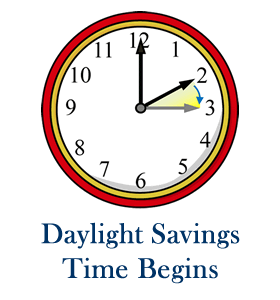

Daylight Savings Starts
Daylight Savings Starts Quick Facts
| HashtagsCompiled on | #DayLightSavings |
|---|---|
| 2024 Date | 24 September 2024 |
| 2025 Date | 28 September 2025 |
2024 Holidays & Dates
| New Zealand & Common Holidays | ||
| Misc. & Int'l. Observances | ||
| Christian Holidays |
|
|
|
|
